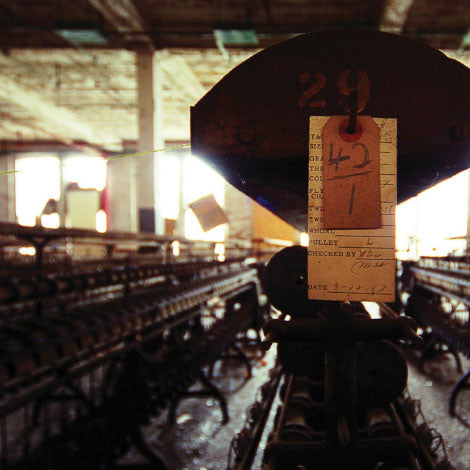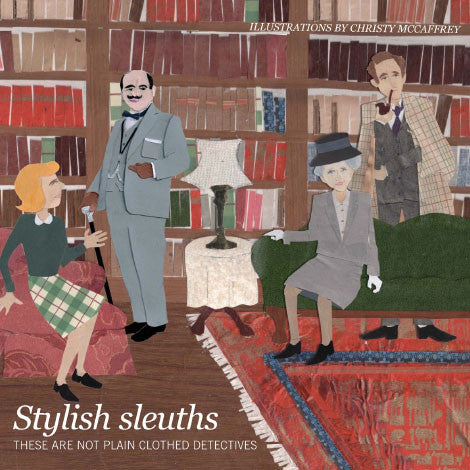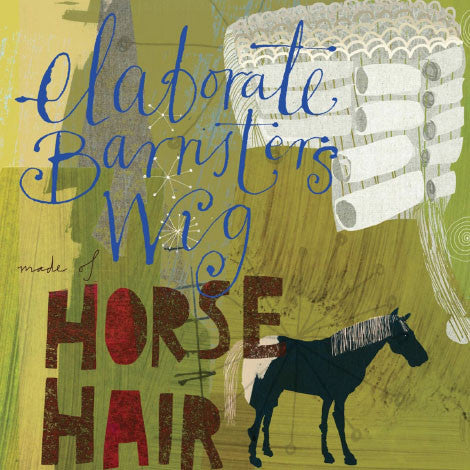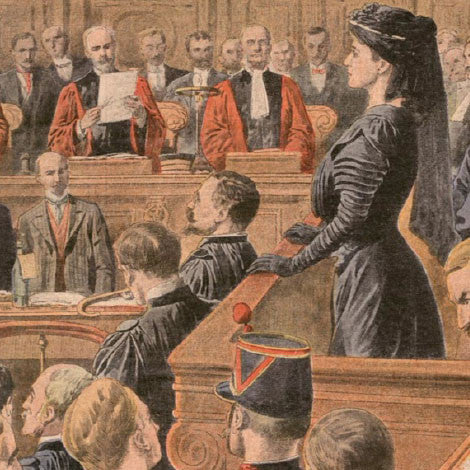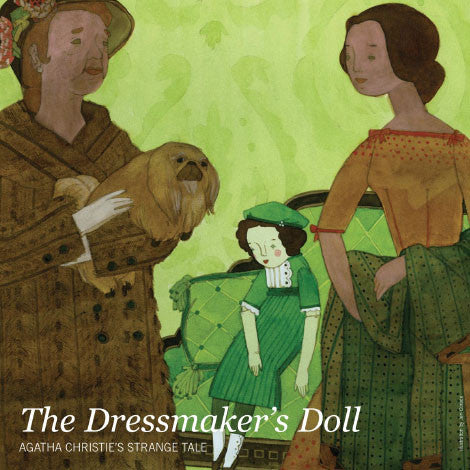Issue 42 Intrigue
Selvedge Magazine
Couldn't load pickup availability
September/October 2011


OVER THE LAST FEW WEEKS I’ve been addicted to the BBC series Fake or Fortune about mysteries in the art world. The twists and turns in the story are fascinating and like all good detective stories
I end up dying to know the final outcome. The appeal of a mystery story is wide and enduring, those with a criminal element pique our interest even more. Textiles are often used to solve cases and forensic science, with its ability to identify minute fibres, plays a vital role: but fabrics and fashion were linked to crime long before the era of microscopes. In Crimes of fashion, Sarah Jane Downing looks at the ways textiles were linked with crime and punishment in the past.
Today textiles play a different role in the life of criminals. Beth Smith finds out more about the work of prison charity Fine Cell Work. Incarcerated for mental illness rather than criminal activity Arthur Bispo do Rosário, nevertheless demonstrates the freedom that creativity gives to those confined.
In an issue devoted to crime and mystery we couldn’t neglect the court system and the role clothes play in its many traditions and ceremonies: John Havelock Teague takes us on a journey through the history of legal dress. Falling neatly between criminal and court are those that bring them to justice – the detective. Most us meet them in the pages of a novel or on screen so we look at the influence fictional detectives have had on fashion, from the tweeds and twinsets of Miss Marple to the flamboyant cape of Sherlock Holmes. The drama inherent in crime is an interesting phenomenon and the backdrops for murderous tales have their own mystery and glamour – lavish country houses, gothic castles and real life locations such as The Orient Express, are a vital part of the mix. Someone else with a great eye for an interesting location is Rusty Tagliareni. His beautiful and haunting photographs of an abandoned mill in Maryland, are part of an ongoing project to save it.
The subject of costume and settings bring us to Halloween and this year we celebrate the season with a spooky, textile related short story, The Dressmakers Doll by Agatha Christie. Illustrated by Jen Corace, its inclusion pays homage to the tradition of short story publishing in magazines.
We may have been caught up in murder and intrigue this issue but in contrast London comes alive at this time of year. We’ve devoted our news section to events around town but don’t forget to leave a space in your diary for the next Selvedge fair!
Polly Leonard, Founder
Share
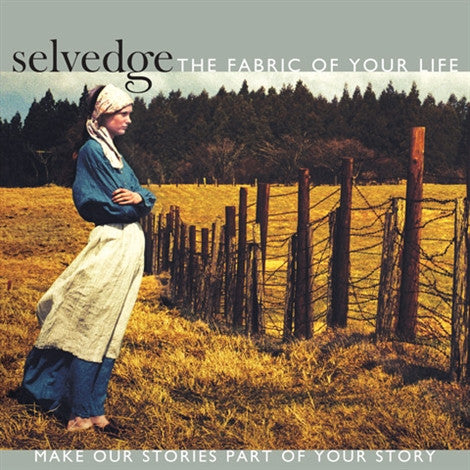

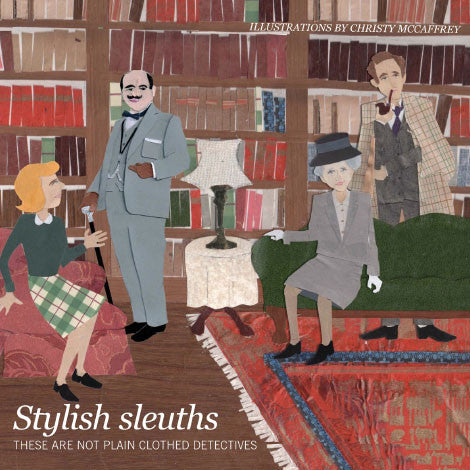

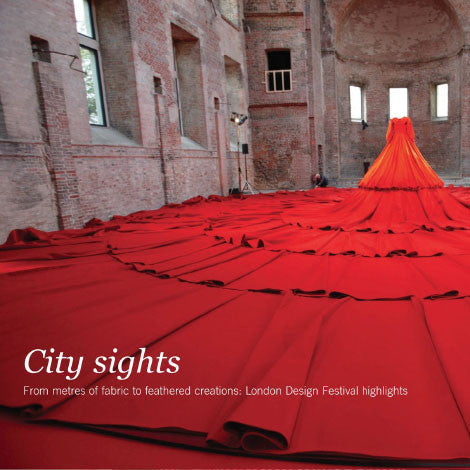


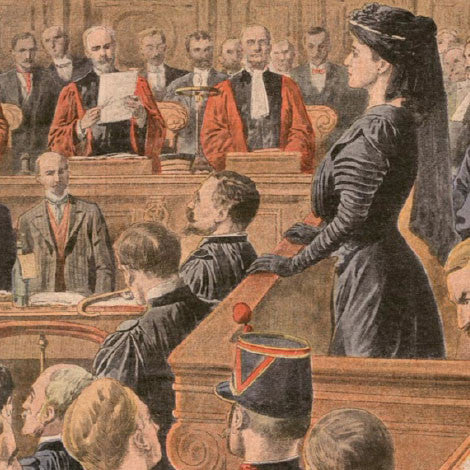


A truly enjoyable read
This magazine is a joy to read on every level. It is well researched, interesting and beautifully written. It cleverly connects the distant past with cutting edge current practice and has inspired me to learn more about both. Now I want to read more!
Visually very satisfying and intellectually stimulating
I always find Selvedge Magazine visually very satisfying and intellectually stimulating. I have all the issues in my library and will have to find a good institution to donate then to when the time comes. I remember getting issue 00 at some conference or meeting in the US when you were first starting out. Bravo again for so many years of sharing the joy of textiles in all its varied forms with all of us.
Congratulations on your vision!
I’ve just been looking up your magazine, and absolutely love it! It seems like it knits together all the slices of delight that are left over in our soul when we are spent with our daily survival transactions…..congratulations on your vision!
Inspirational, Cultural, Educational
I am intriqued -- every issue of Selvedge. I am inspired toward my own work as an artist, as a weaver, as a designer, as a student of global artistry. Forever indebted.
Absolutely gobsmackingly gorgeous
I was expecting something nice, but I was in no way prepared for how absolutely gobsmackingly gorgeous and inspiring your magazine is. Wow and wow. Now I’m counting the minutes until my next paper copy arrives.


